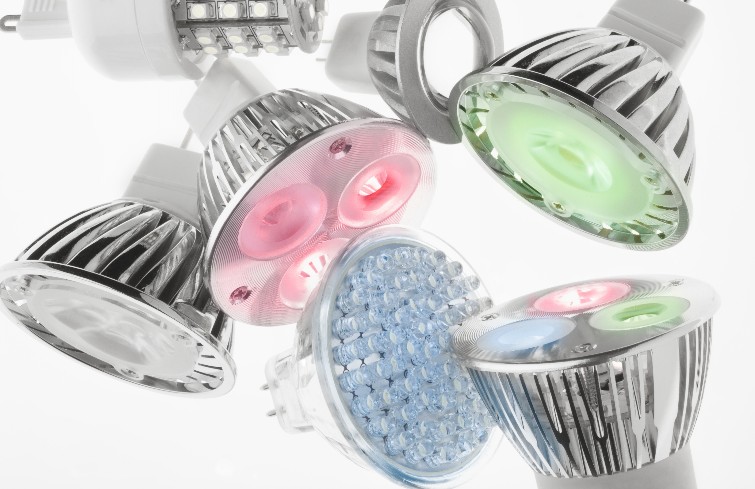Major manufacturers have optimistic about 2014 LED lighting market development, and sales growth is expected to become the replacement of lamps next business growth priorities. In Europe, the market is relatively mature, although did not see massive subsidies, but its high price and the difference in light culture, making commercial lighting and outdoor architectural lighting applications persistent situational demands. The impact of the next few years with a total ban on incandescent light bulbs policies fermentation, it is estimated that the market will continue to show steady growth.

LED European markets
From 2014, European countries began phasing out the civilian market, the largest amount of 40-60W incandescent bulbs, as the popularity of LED lighting products provide a favorable opportunity. It will also stimulate the global LED lighting manufacturers to accelerate the pace of LED lighting layout, further pushing up the global LED lighting penetration. U.S. government efforts to support LED lighting is gradually increasing, and also the number of subsidized Energy Star lighting is growing rapidly, prompting further reduce the price of LED lamps. CREE and other manufacturers are optimistic about 2014 LED lighting market development, and sales growth is expected to become the replacement of lamps next business growth priorities. In Europe, the market is relatively mature, although it did not see massive subsidies, yet its high price and the difference in light culture, making commercial lighting and outdoor architectural lighting applications persistent situational demands.
China market
China also methodically eliminated incandescent lamps. As early as November 4, 2011, the National Development and Reform Commission, Ministry of Commerce jointly issued a multi-sectoral “gradual ban on the import and sale of ordinary incandescent lighting showroom.” The “announcement” clearly, from November 1, 2011, according to the power level in five stages , gradually ban the import and sale of ordinary incandescent lighting .
“Announcement” shows that from October 1, 2014, China will ban on the import and sale of 60 watts and above ordinary incandescent lighting; October 1, 2015 to September 30, 2016 as an interim evaluation period; October 1, 2016 prohibit the import and sale date of 15 watts and above ordinary incandescent lighting.
Japanese market
As the field of industrial power LED, LED industry in Japan also played a very important role in promoting world development process. As early as 14 years ago, Japan has started to promote the development of semiconductor lighting technology and industrialization of the “21st Century Light Plan” is one of the oldest countries in the world started to support the LED industry policy. In recent years, with the Japanese government support, LED lighting industry is growing rapidly. Meanwhile, Japan domestic energy awareness is high, especially after the Great East Japan Earthquake occurred more than two years ago, the Government proposed a “low carbon society” ( carbon reduction ) targets. Among them, LED lighting products at a rapid pace popularity has becoming energy-saving products representative.
Other Asian markets
In South Korea, Thailand, the Philippines have also taken measures to promote the use of energy-saving light bulbs instead of incandescent bulbs. With the above-mentioned countries began a comprehensive ban incandescent light, the LED source will be fully opened to replace the 2014, LED lighting is expected to gradually enter the lighting market, which is undoubtedly played a role for the development of LED lighting market
